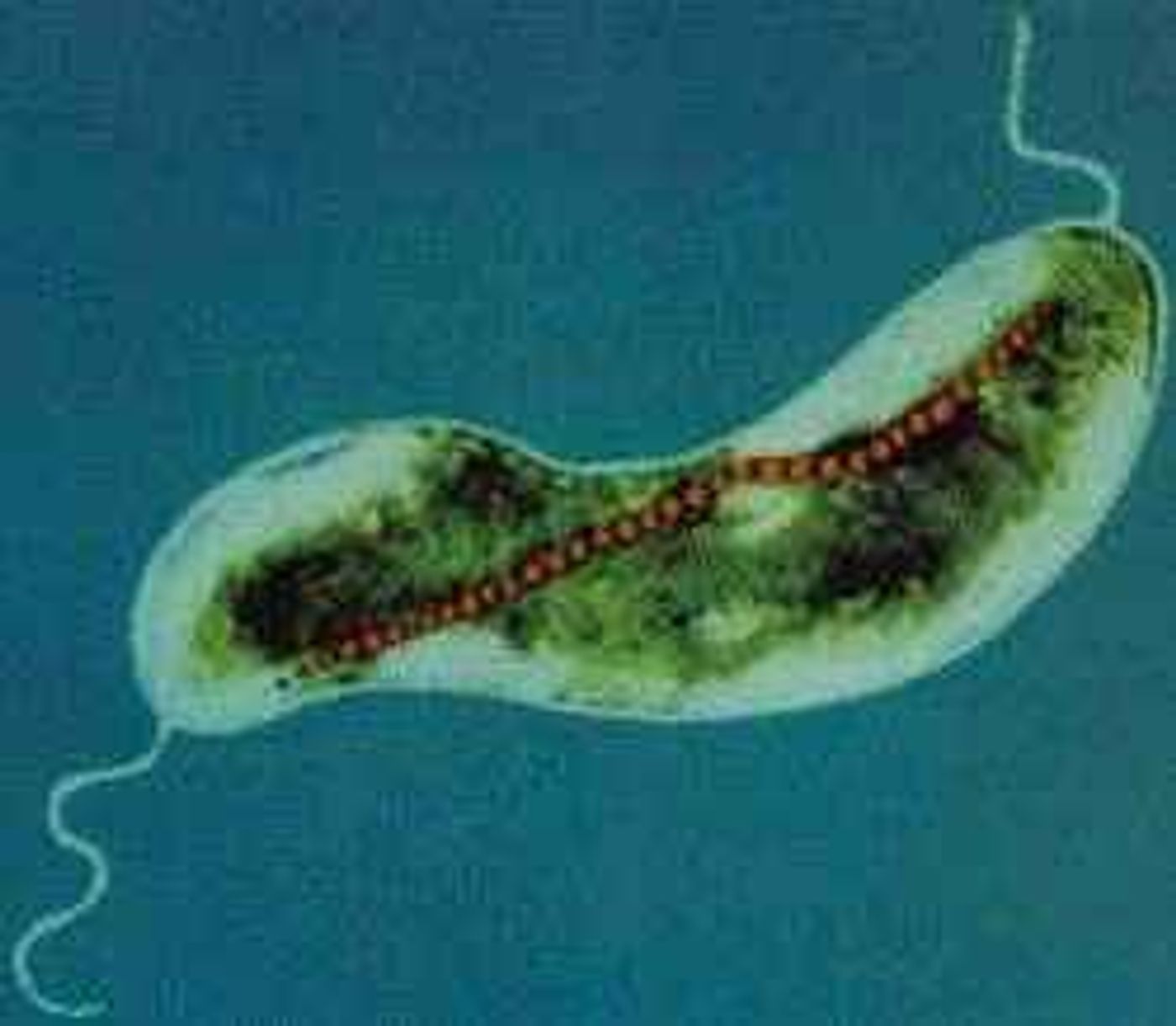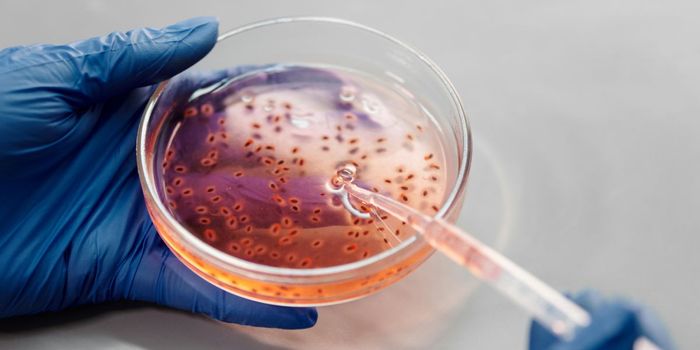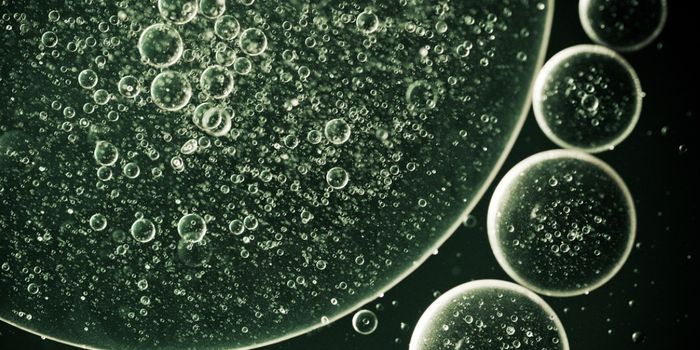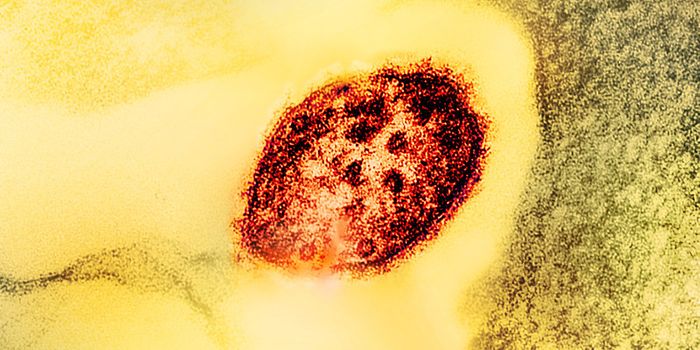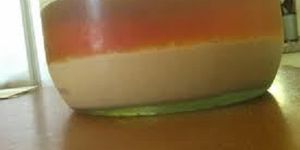This installment of “Better Know a Microbe” is all about “
magnetotactic” bacteria!
Bacteria in the genus
Magnetospirillum are Gram-negative and have helical-shaped cells. They are microaerophilic, which means they live in low-oxygen environments, typically in stagnant water and sediment. They were discovered by microbiologist Richard P. Blakemore in Cape Cod Marsh, Massachusetts, in 1975. Blakemore observed that some aquatic bacteria, when exposed to a magnetic field, oriented themselves as though they were magnetic!
Magnetospirillum produce tiny magnets called magnetosomes that, with the help of the Earth’s magnetic field, help the bacteria distinguish north from south - a process called
magnetotaxis. Magnetosomes are membrane-bound structures that form chains and contain 15 - 20 magnetite crystals.
Magnetite is an iron oxide that is the most magnetic material on Earth.
Magnetotactic bacteria have commercial applications as well. Magnetic particles from one species,
M. magneticum, have been used for affinity purification experiments. Essentially, you can tag a protein of interest with a magnetic particle, and separate it from a complex mixture using a magnet. Magnetotactic bacteria could also be commercialized for their magnetite crystals, since they are superior to man-made ones.
As if magnetic bacteria aren’t cool enough, these cells also leave behind “
magnetofossils”. These are the fossilized remains of magnetotactic bacteria, the oldest of which date to around 2 billion years!
By now you’re probably thinking “where can I get some magnetic bacteria?”. Lucky for you, they are quite easy to find. Step one, find some stagnant water (often with duckweed growing in it). Step two, fill a container one quarter full with the sediment, and the rest of the way with the water. Step three, attach a magnet to the container, halfway between the surface of the water and sediment. If you live in the northern hemisphere, make sure the north pole of the magnet is in direct contact with your container (vice versa if you live in the southern hemisphere). Step four, cover the jar with foil and let it sit for a few weeks. When you remove the magnet, you should see spot of grayish bacteria. Voila! Your very own magnetic bacteria!
